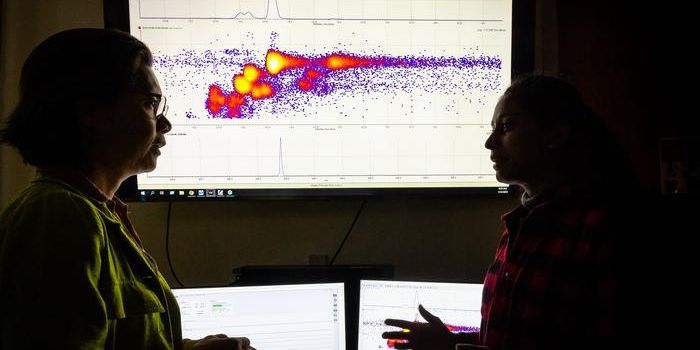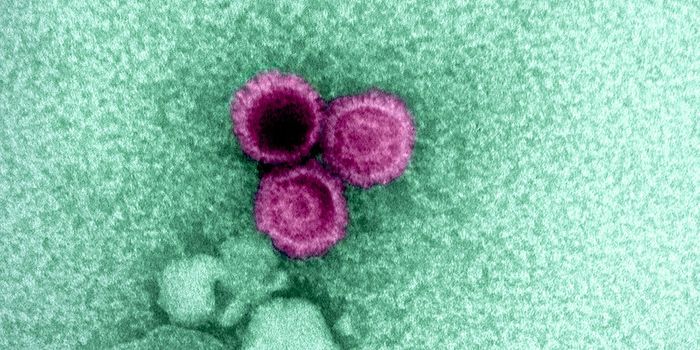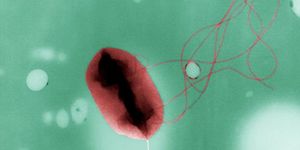Eliminating Biofilms with Green Tea-Derived Nanobots
Bacteria are everywhere in our world, and while the vast majority are harmless, some can cause dangerous infections. Bacteria, including bacterial pathogens, can also form tough communities called biofilms. As bacteria multiply and spread over a surface, the coating of microbes that is generated is difficult to destroy, and can help the individual microbes overcome challenges in their environment that might otherwise be deadly to individual microbes or small patches of bacteria.
Researchers are constantly searching for new ways to destroy biofilms, which can be a persistent problem on essential medical devices like catheters and prosthetic joints. New work reported in ACS Applied Materials & Interfaces describes magnetically propelled microbots that researchers created using tea buds. They’ve called these biofilm-destroying devices "T-Budbots," and they are shown in the video.
Since biofilms can impair recovery and be a potential source of infections, clinicians try to eliminate them with repeated rounds of antibiotics, but the high doses that are necessary can have many side effects. In some cases, medical devices have to be removed and replaced, a costly and invasive process.
Researchers wanted to develop microbots that were compatible with a biological organism and could be manipulated with magnets so that biofilms could be totally removed. They began by using tea buds from the Camellia sinensis plant; they wanted something non-toxic, porous, cheap, and biodegradable. Polyphenols are also found in tea, and are an added bonus because they have antimicrobial properties.
The tea buds were ground up so the researchers could isolate porous microparticles from them, which were then coated with magnetite nanoparticles. These magnetic particles would enable the device to be controlled with a magnet. The antibiotic ciprofloxacin was then embedded into the pores of the nanoparticles.
The investigators found that the T-Budbots released the most antibiotic when conditions were acidic, something that happens in bacterial infections. They were able to put the microbots on bacterial biofilms growing in dishes, and could steer them around with magnets. The T-Budbots were able to get into the biofilm, kill the bacteria, and remove the debris, leaving only a clear path behind them in the dish.
There is more work to be done before these microbots will be ready for use in people, acknowledged the study authors, but the study shows that it’s feasible.
Sources: AAAS/Eurekalert! via American Chemical Society, ACS Applied Materials & Interfaces








